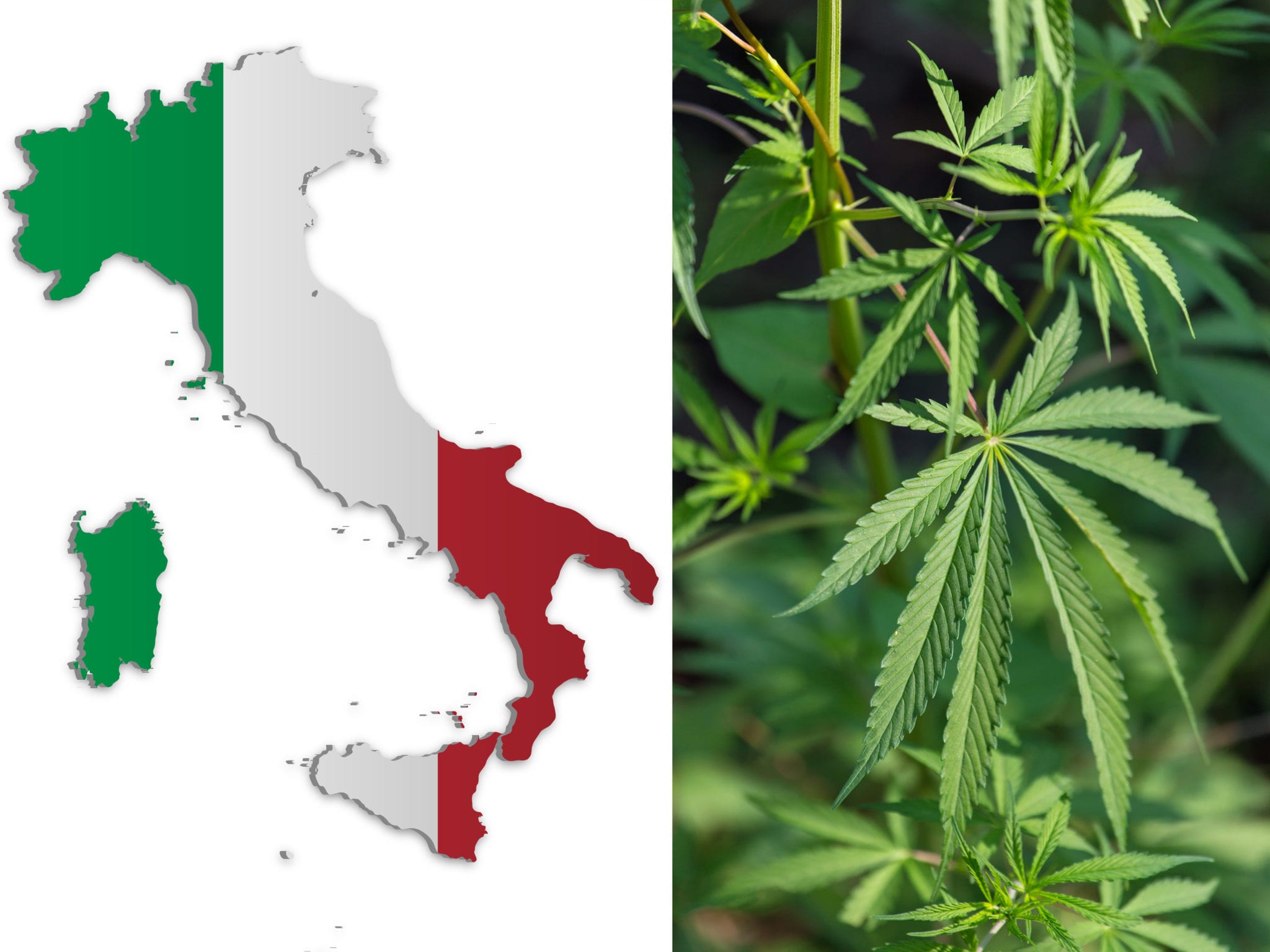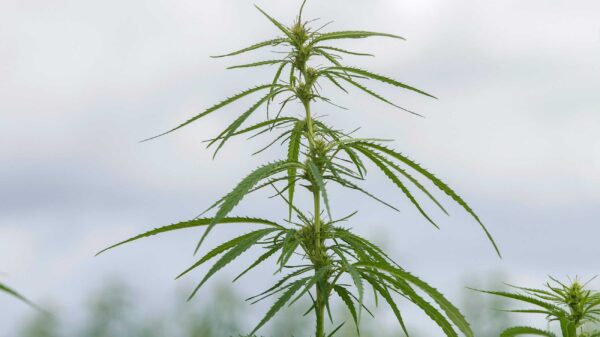Italy’s flourishing “cannabis light” industry is starting to turn investors heads, where a loophole in a 2016 law to support hemp farmers has created an opportunity for hundreds of stores to open and sell low-potency pot across the country. And investors are hoping the ballooning weak-pot market will carve the way for the stronger stuff down the road.
But a battle is igniting between the emerging industry and Italy’s ruling conservative coalition government. Although the cannabis contains 0.6 per cent THC and is too weak to produce a high, government officials such as Matteo Salvini, the country’s Minister of the Interior, want to see the stores shut down:
Hemp is the same species as cannabis sativa, but scientists separate the two by classifying any plant with a THC level of 0.3 per cent or lower as hemp. Italy is a member of the 26-country European Union, where hemp is permitted to be grown as long as it doesn’t exceed 0.2 per cent THC.
However, the Italian government passed a law in 2016 to stimulate the country’s hemp industry and allow a wider range of cultivars to be grown with up to 0.6 per cent THC. Although botanists would classify hemp produced at that level of THC as cannabis, Italian lawmakers expected it was still too low to produce a mind-altering high and didn’t expect it held commercial value as a drug.
The new law allowed the sale of cannabis-infused olive oils, pastas, cosmetics and beauty products. But with a sluggish economy and high unemployment rate, Italian citizens saw “cannabis light” as a business opportunity and started selling it in pot shops as a “collector’s item” not intended for consumption since marijuana is still illegal for sale in the country.
Yet the low-level THC cannabis was sold next to pipes, rolling papers, and lighters in stores with neon green signs adorned with pot leaves, so government officials started to pay attention.
“To say it is for collectors doesn’t mean a thing,” said Stefano Masini, a spokesperson for Italy’s Coldiretti agriculture lobby. “If you can sell something that can be eaten or inhaled, obviously the use is something different.”
Legal marijuana in North America ranges in THC levels of 5 to 35 per cent, and a Seattle blogger who tried the Italian stuff in Rome called it “faux weed” and claimed it didn’t get him high.
Italy’s Supreme Court of Cassation made a preliminary ruling on the sale of cannabis light on May 30 after police shut down a few of the quasi-pot shops, saying the 2016 hemp law does not apply to leaves or buds or other derivatives from hemp plants. And the only way hemp products could be sold legally in Italy is if they’re “devoid of a doping effect.”
Police raids continue across the country leaving store owners nervously awaiting the Supreme Court’s final decision on the issue scheduled for July 30. Cannabis light retailers are hoping they can still cash in on the burgeoning market.
Why the industry still has a long way to go
Cannabis light has been growing in popularity in other parts of Europe as well, with Switzerland permitting THC levels up to 1 per cent. And more than 30 European countries have changed laws to allow medical marijuana in some form.
Europe’s cannabis market is estimated to be worth up to €123 billion (about US$140 billion) by 2028, according to industry analysts Prohibition Partners. And the growing popularity of CBD, the non-intoxicating cannabinoid cousin of THC, is expected to hit Europe as well. The Brightfield Group expects CBD sales to rake in $1.6 billion in Europe by 2023.
But the resistance to lower potency cannabis in Italy illustrates how Europe’s pro-marijuana legislation lags behind what’s happened in North America the last few years. Nevertheless, Prohibition Partners says the EU, the World Health Organization, and the United Nations have all been reassessing the legality of cannabis and it expects countries like Italy and Germany will relax their laws in the coming years and account for much of the European growth.
And considering most European nations rely on imports to supply medical marijuana programs, some large cannabis producers have already been starting to seize opportunity and enter the market, which may be a compelling export strategy.















BestVicente
July 20, 2019 at 7:56 pm
I see you don’t monetize mugglehead.com, don’t waste your traffic,
you can earn extra cash every month with new monetization method.
This is the best adsense alternative for any type of
website (they approve all websites), for
more details simply search in gooogle: murgrabia’s tools